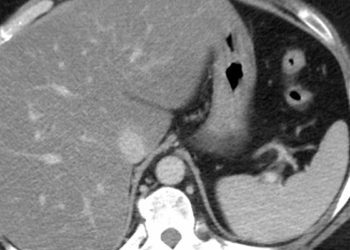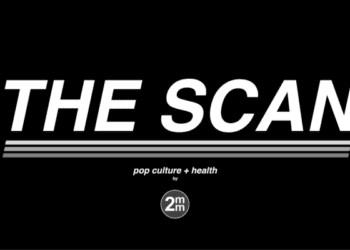Distribution of opioid prescriptions by Medicare prescribers similar to all drug prescriptions
1. Medicare opioid prescribing does not show significant distribution differences compared to all drug prescribing. These data argue against the hypothesis that there exists a minority of prescribers responsible for a large proportion of prescriptions.
2. Subspecialties with the highest number of opioid prescription per prescriber include pain, anesthesia, and physical and rehabilitation medicine. General practitioners are responsible for the most opioid prescriptions by volume.
Evidence Rating Level: 3 (Average)
Study Rundown: Abuse of prescription opioid medications has reached epidemic levels in the United States and other countries. In order for physicians to be educated on safe prescribing practices to help limit the development of dependence and abuse, more research is needed to explore current prescribing practices. One potential concern is that there exists a minority of prescribers responsible for a large volume of prescriptions, while the majority of practice is safe and effective.
The described study examined data from 2013 Medicare Part D drug claims from 808 020 unique prescribers. The data show that specialists in the fields of pain, anesthesia, and physical and rehabilitation have the highest number of claims for opioid (schedule II) prescriptions per prescriber. Family practice, internal medicine, nurse practitioner, and physicians assistants were the specialty types with the greatest total number of claims for opioid medications. Distribution of Medicare opioid prescription was not more skewed than the distribution for all drug prescribing; with little geographic variation noted.
These data suggest that opioid prescribing on a national level is spread out amongst many prescribers. The data do not take into consideration indications for prescription or dosage of medications prescribed. Interventions to decrease total opioid prescribing should be aimed at engaging a majority of prescribers.
Click to read the study in JAMA Internal Medicine
Relevant Reading: Trends in Opioid Analgesic Abuse and Mortality in the United States
In-Depth [cross-sectional study]: The described study examined claims made in 2013 from Medicare Part D data covering 68% of the ~50 million American patients receiving prescription drug coverage. The number, and cost of drug claims were recorded for unique prescribers identified by their National Provider Identifier (NPI). Specialty and location for the prescriber were noted. Schedule II opioid medications were examined and compared to all drug claims.
The greatest number of total opioid claims was for family practice, internal medicine, and nurse practitioners while the highest number of claims per practitioner was for pain, anesthesia, and physical and rehabilitation. The top 10% of Medicare prescribers were responsible for 56.7% of opioid claims, compared to 63% for all Medicare drug claims. This value ranged from 56.6% to 57.7% across states. Total cost associated with opioid claims demonstrated more skew with the top 10% of prescribers responsible for 78% of opioid related cost.
Image: PD
©2015 2 Minute Medicine, Inc. All rights reserved. No works may be reproduced without expressed written consent from 2 Minute Medicine, Inc. Inquire about licensing here. No article should be construed as medical advice and is not intended as such by the authors or by 2 Minute Medicine, Inc.



![2MM: AI Roundup- AI Cancer Test, Smarter Hospitals, Faster Drug Discovery, and Mental Health Tech [May 2nd, 2025]](https://www.2minutemedicine.com/wp-content/uploads/2025/05/Untitled-design-350x250.png)



